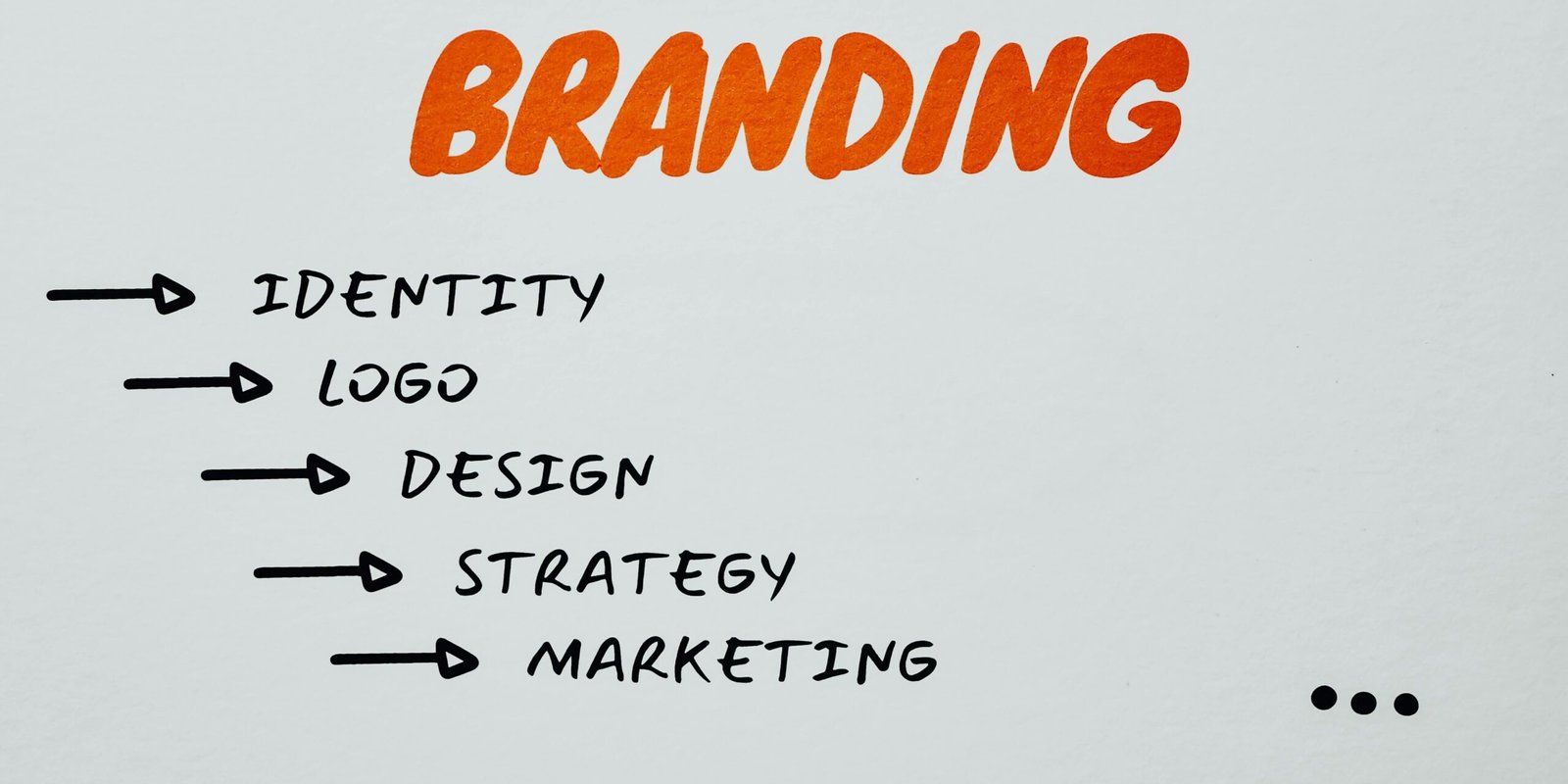How to Improve Workplace Culture: Strategies for a Positive and Productive Environment
Workplace culture plays a crucial role in determining the overall success and productivity of an organization. A positive workplace culture enhances employee satisfaction, fosters collaboration, and promotes a healthy work-life balance. This article explores various strategies to improve workplace culture, ensuring that employees feel valued, engaged, and motivated.
Understanding Workplace Culture
What is Workplace Culture?
Workplace culture refers to the shared values, beliefs, behaviors, and norms within an organization. It encompasses the way employees interact, the policies and procedures in place, and the overall work environment.
Importance of Workplace Culture
A positive workplace culture:
- Boosts Employee Morale: Employees who feel valued and appreciated are more likely to be satisfied with their jobs.
- Increases Productivity: Happy employees are more productive, leading to better performance and higher output.
- Reduces Turnover: A supportive work environment reduces employee turnover, saving the organization time and money on recruitment and training.
- Fosters Innovation: A collaborative culture encourages creativity and innovation, driving the organization forward.
Strategies to Improve Workplace Culture
- Define and Communicate Core Values
Establishing clear core values is the foundation of a strong workplace culture. These values should reflect the organization’s mission and vision and guide employees’ behavior and decision-making processes.
- Define Core Values: Identify the principles that are most important to your organization. Involve employees in this process to ensure buy-in and alignment.
- Communicate Values: Clearly communicate these values to all employees through meetings, training sessions, and company materials. Ensure that leadership embodies these values in their actions and decisions.
- Foster Open Communication
Open communication is essential for building trust and transparency within an organization. It allows employees to express their ideas, concerns, and feedback freely.
- Encourage Feedback: Create channels for employees to provide feedback, such as suggestion boxes, surveys, and regular check-ins.
- Active Listening: Ensure that management actively listens to employee feedback and takes appropriate action. This shows employees that their voices are heard and valued.
- Transparent Communication: Keep employees informed about organizational changes, goals, and performance. Transparency builds trust and reduces uncertainty.
- Recognize and Reward Employees
Recognition and rewards are powerful motivators. Acknowledging employees’ hard work and contributions boosts morale and encourages continued high performance.
- Regular Recognition: Implement a system for regularly recognizing employees’ achievements, both big and small. This can include verbal praise, awards, or public acknowledgment.
- Performance-Based Rewards: Offer performance-based incentives such as bonuses, promotions, and additional responsibilities.
- Peer Recognition: Encourage peer-to-peer recognition, where employees can acknowledge and appreciate each other’s contributions.
- Promote Work-Life Balance
Supporting work-life balance is essential for employee well-being and satisfaction. Organizations that prioritize work-life balance are more likely to retain top talent and maintain a positive culture.
- Flexible Work Arrangements: Offer flexible working hours, remote work options, and compressed workweeks to help employees manage their personal and professional lives.
- Encourage Time Off: Promote the use of vacation days and personal time. Encourage employees to disconnect from work during their time off to recharge.
- Support Wellness Programs: Implement wellness programs that promote physical and mental health, such as gym memberships, meditation sessions, and counseling services.
- Invest in Professional Development
Providing opportunities for professional growth shows employees that the organization values their development and future.
- Training and Workshops: Offer regular training sessions and workshops to help employees develop new skills and advance their careers.
- Career Pathing: Work with employees to create clear career paths and development plans. Provide the necessary resources and support for them to achieve their goals.
- Mentorship Programs: Establish mentorship programs where experienced employees can guide and support newer or less experienced colleagues.
- Build a Collaborative Environment
A collaborative environment fosters teamwork, creativity, and innovation. It encourages employees to share ideas and work together towards common goals.
- Team Building Activities: Organize team-building activities and events to strengthen relationships and improve collaboration.
- Cross-Departmental Projects: Encourage cross-departmental projects and initiatives to break down silos and promote knowledge sharing.
- Collaborative Tools: Provide tools and technologies that facilitate collaboration, such as project management software and communication platforms.
- Create an Inclusive Workplace
Inclusivity ensures that all employees feel respected, valued, and included, regardless of their background or identity.
- Diversity and Inclusion Training: Offer training programs that educate employees about diversity, equity, and inclusion.
- Inclusive Policies: Implement policies that promote inclusivity, such as flexible holiday schedules, accommodations for disabilities, and support for diverse employee resource groups.
- Celebrate Diversity: Celebrate the diverse cultures and backgrounds of employees through events, activities, and recognition.
- Lead by Example
Leadership plays a critical role in shaping workplace culture. Leaders must embody the values and behaviors they wish to see in their employees.
- Model Desired Behaviors: Leaders should demonstrate the core values and behaviors expected of employees.
- Open Door Policy: Maintain an open-door policy where employees feel comfortable approaching leadership with questions, concerns, or ideas.
- Consistent Actions: Ensure that leaders’ actions are consistent with the organization’s values and goals. This builds trust and credibility.
Measuring and Monitoring Workplace Culture
Employee Surveys
Regular employee surveys can provide valuable insights into the current state of workplace culture. Surveys should cover various aspects, including job satisfaction, communication, recognition, and work-life balance.
Feedback Sessions
Organize feedback sessions where employees can share their thoughts and suggestions in a more interactive and personal setting. These sessions can be conducted in small groups or one-on-one.
Key Performance Indicators (KPIs)
Identify and track KPIs related to workplace culture, such as employee turnover rates, absenteeism, productivity, and engagement levels. Regularly review these metrics to assess the impact of cultural initiatives.
Exit Interviews
Conducting exit interviews with departing employees can provide insights into cultural issues and areas for improvement. Use this feedback to make necessary changes and enhance the workplace culture.
Conclusion
Improving workplace culture is an ongoing process that requires commitment, effort, and collaboration. By defining and communicating core values, fostering open communication, recognizing and rewarding employees, promoting work-life balance, investing in professional development, building a collaborative environment, creating an inclusive workplace, and leading by example, organizations can cultivate a positive and productive workplace culture.
A strong workplace culture not only enhances employee satisfaction and retention but also drives overall organizational success. By continuously measuring and monitoring the impact of cultural initiatives, organizations can ensure that they are on the right track and make necessary adjustments to create a thriving work environment.
For organizations seeking specialized assistance in improving workplace culture, agencies like Somo Group Intelligence offer expert services and resources. Their experienced professionals can help design and implement effective cultural strategies, ensuring a positive and productive workplace for all employees.
- 26 views





